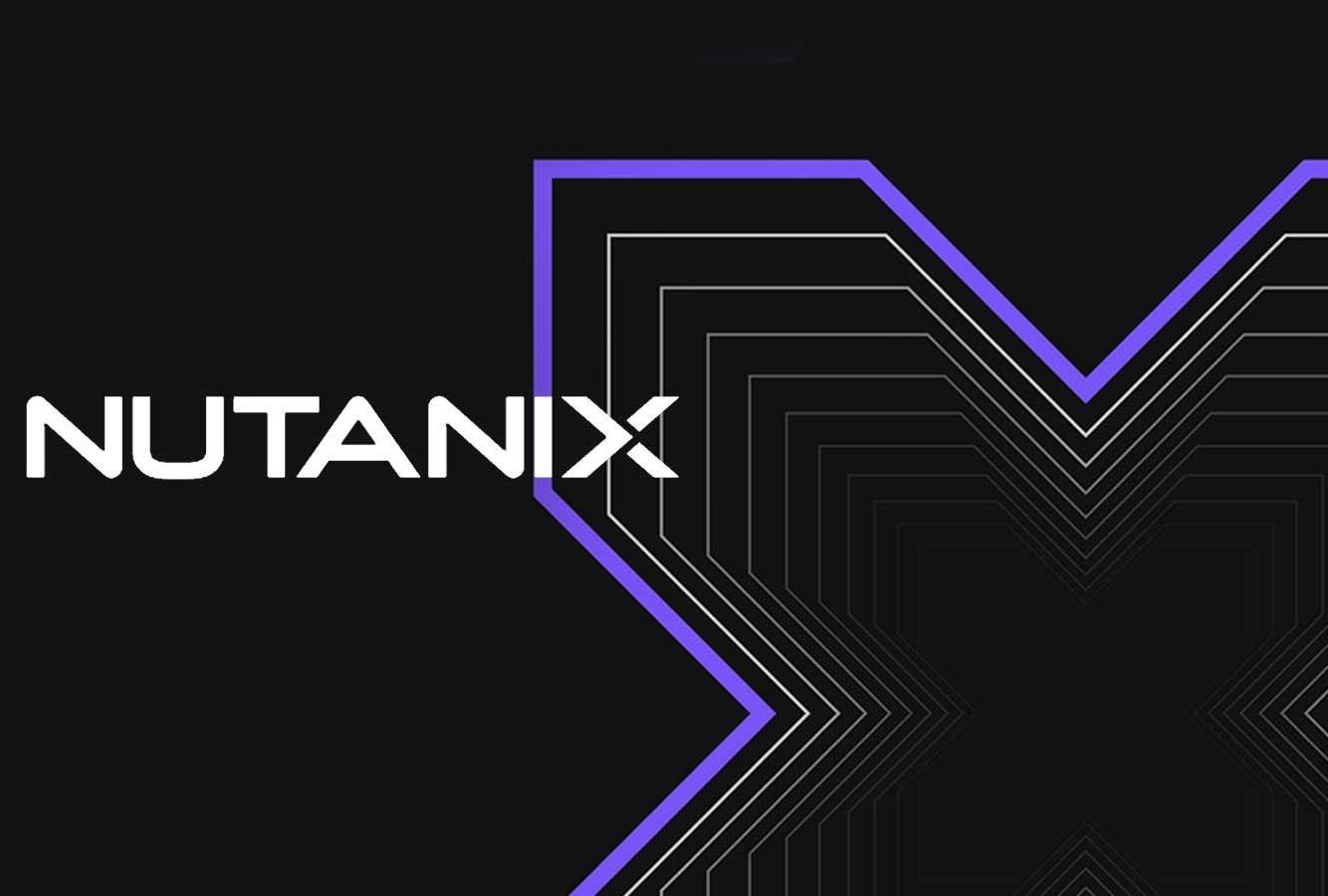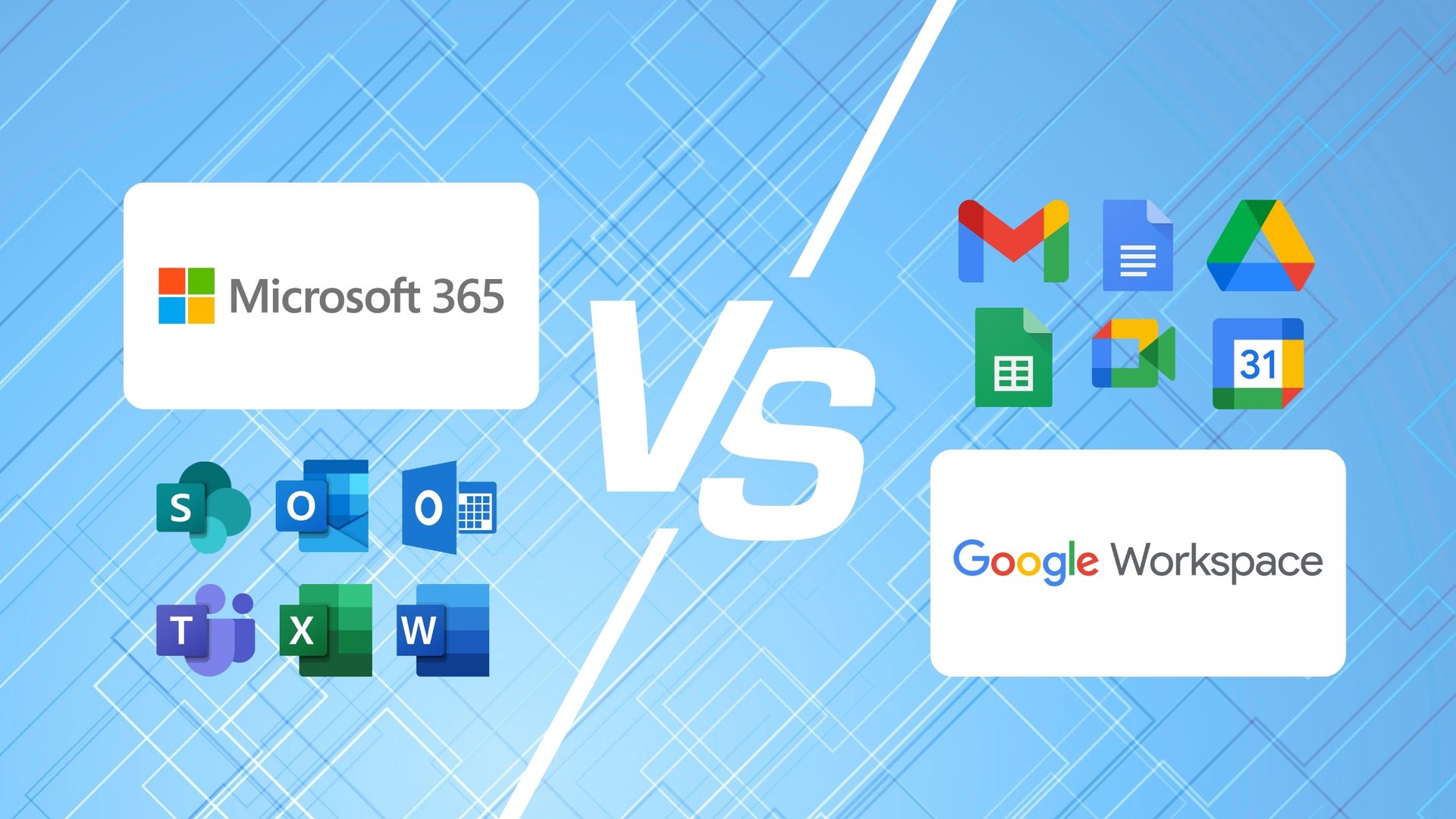5 Cloud Security Trends to Know
As the digital landscape continues to evolve, staying on top of cloud security trends is paramount.
By staying informed about these cloud security trends and proactively implementing relevant measures, organizations can better protect their data, applications, and infrastructure in an increasingly complex and dynamic digital environment.
Here are five key trends to be aware of:
- Zero Trust Architecture: The concept of Zero Trust Architecture is gaining momentum as organizations recognize the limitations of perimeter-based security measures. With Zero Trust, access to resources is granted based on strict verification and authentication protocols, regardless of whether the access attempt originates from within or outside the network perimeter.
- Increased Adoption of Multi-Factor Authentication (MFA): Multi-Factor Authentication has become a standard practice for bolstering cloud security. By requiring users to provide multiple forms of verification, such as passwords, biometrics, and security tokens, MFA adds an extra layer of protection against unauthorized access and identity theft.
- Emphasis on Cloud-Native Security Solutions: With the proliferation of cloud-native applications and infrastructure, there is a growing need for security solutions specifically designed for the cloud environment. Cloud-native security tools offer features such as automated threat detection, real-time monitoring, and scalable security controls tailored to the dynamic nature of cloud-based deployments.
- Integration of Artificial Intelligence and Machine Learning: Artificial Intelligence (AI) and Machine Learning (ML) technologies are increasingly being integrated into cloud security platforms to enhance threat detection and response capabilities. By analyzing vast amounts of data in real-time, AI and ML algorithms can identify anomalous behavior patterns and potential security threats more effectively than traditional methods.
- Focus on Data Privacy and Compliance: With the implementation of stringent data privacy regulations such as GDPR and CCPA, organizations are placing greater emphasis on ensuring compliance with regulatory requirements when storing and processing data in the cloud. This includes implementing robust encryption mechanisms, maintaining data residency controls, and adhering to data retention policies to safeguard sensitive information and mitigate the risk of regulatory penalties.
Click Here for a deep-dive into our Managed IT Resources!












